Puff cakes of the Russian front. CH 1. Tannenberg contrary
The command of the Eastern Front (commander - Colonel-General P. von Hindenburg, Chief of Staff - Lieutenant-General E. von Ludendorf) planned to disrupt the invasion of the Russian North-Western Front in Silesia and Poznan. The operational maneuver form is a flank attack with the prospect of encircling the front strike group (2-I and 5-I armies).
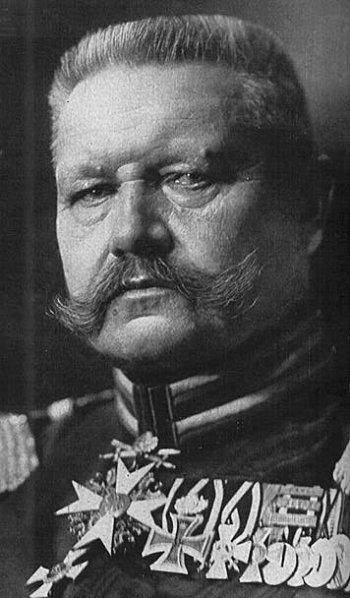
1. P. Hindenburg.
2. E. Ludendorff.
Two circumstances allowed the enemy to count on success.
The first is the advantage in the balance of power.
The armies of the North-Western Front — 1, 2, 5 (12 army corps) numbered 367000 people with 740 machine guns and 1300 guns [Rybin D.N. Lodz operation on the Russian front of world war in 1914. M., 1938. C. 14].
During preparation for the offensive, the Stake decided to reorganize the light field artillery - from the 8-gun batteries go to the 6-gun batteries. In tactical terms, the batteries became more manageable, but, since the number of batteries in the division did not change, the number of guns in the troops decreased by a quarter. The infantry division (which already did not have enough artillery) with the introduction of a new state in the number of artillery barrels became weaker than the German one in half (after reorganization, the 36 of Russian light guns against the German 72). The reform deprived the infantry of the most important factor for achieving success in battle [Korolkov GK Lodz operation 2 November - 19 December 1914 M., 1934. C. 12].
The 9 Army (Cavalry Commander General A. von Mackensen) numbered up to 280000 people with 700 machine guns and 1440 guns (155000 people with 450 machine guns and 960 guns in 5,5 "indigenous" corps and 124000 fighters with 250 guns and X-guns for 480 guns in 11 "indigenous" corps and XNUMX fighters for XNUMX guns and XNUMX guns in XNUMX "root" corps and XNUMX soldiers with XNUMX guns and XNUMX guns in XNUMX "indigenous" corps and XNUMX fighters with XNUMX guns and XNUMX guns in XNUMX "root" corps and XNUMX fighters with XNUMX guns and XNUMX guns in XNUMX guns. . "Serfs" buildings: "Poznan", "Graudents", "Thorn" and "Breslavl") [D. D. Rybin. Ordinance. cit. C. XNUMX].
3. A. Mackensen.
Considering the operations of the German Silesian Landward Corps of General Infantry R. von Voirsch and the Austro-Hungarian 2 Army General Cavalry E. von Böhm-Ermolli, the advantage over the Russians was reached (380 thousand people with 1700 guns against 367 thousand people with 1300 tools).
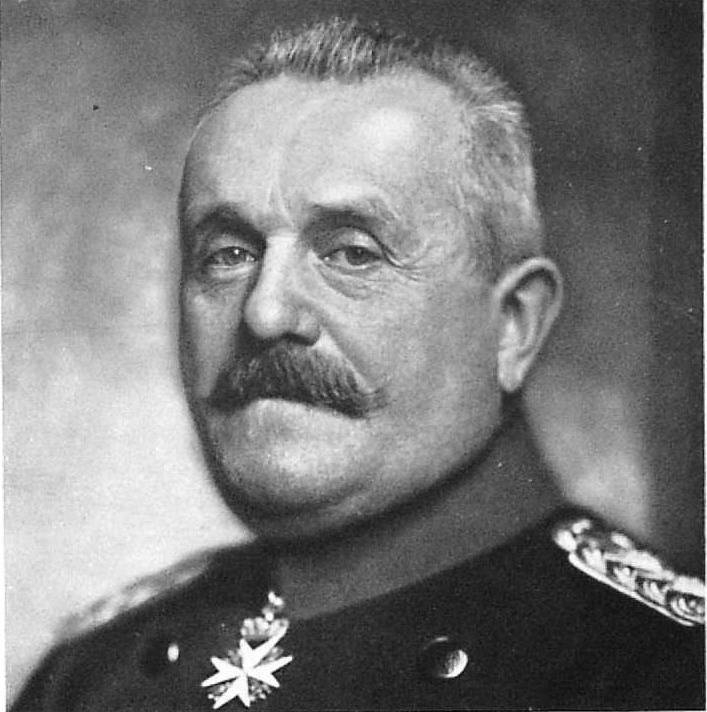
4. R. Voirsh.
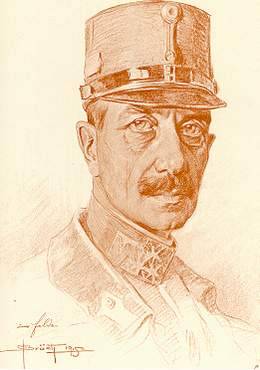
5. E. Bem-Ermolli.
And an important circumstance was the advantage of the Austro-Germans in radio intelligence - the enemy could read Russian operational radiograms [Falkengine E. von. High Command 1914 — 1916 in its most important decisions. M., 1923. C. 38; Novitsky F. F. Lodz operation in November 1914. // War and revolution. 1930. No. 7. C. 126].
The 9 Army of October 29 sent its main attack, bypassing Lodz from the east, to Kutno. The 1 and 25 units of the reserve corps, with the support of a powerful artillery fist and armored cars during the battle at Wloclavsk, pushed aside the 5 of the Siberian Army Corps.
6. Fight at Wloclavsk.
The Germans thwarted the planned for 1 in November, in accordance with the directive of the commander of the front from Infantry General N. V. Ruzsky, the general offensive of his armies.
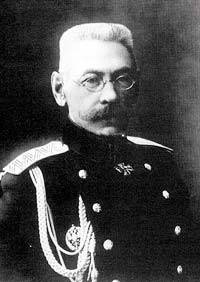
7. N.V. Ruzsky.
The army of A. Mackensen struck the 2 Army Corps located on the right flank of the 2 Army. The connection, having held out for a day, has departed on Kutno. During the battle of Kutno, the Germans captured up to 1200 prisoners [Wolfen K. von. Lodz battle. PB., 1921. C. 27]. The enemy also suffered losses. For example, the 11 Army Corps only for a day on November 1 lost to 1000 soldiers and 38 officers [Reichsarchiv. Der Weltkrieg 1914 - 1918. Bd 6. Berlin, 1929. S. 74], and 1-th backup chassis 29. 10. - 17. 11. - 8000 man [S. 263].
The junction between the 2 and 1 armies was torn, the flank and rear were first hit. The 9 Army strike group under the command of General of the infantry R. von Scheffer-Boyadel (the commander of the 25 reserve corps and at the same time the commander of the reserve 25 and 1 cavalry corps, 3 Guards Division) skirted the right flank of the 2 army . The Germans began her entourage.
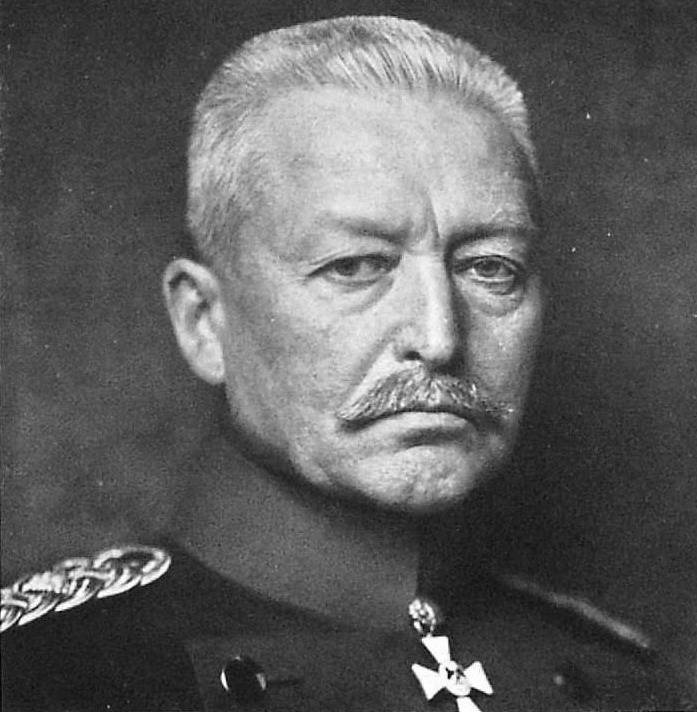
8. R. Scheffer-Boyaddel.
The “fortress” corps were also active, and P. Hindenburg planned to squeeze the encirclement near Lodz.
But on November 5, the Russian 5-I army of Paul A. Plehve, cavalry general, turned around at the turn of Lask-Pabianice, went on the left flank to the offensive, stopping the movement of the 3-Cavalry corps and Poznan. The maneuvering of the 5 Army was a surprise to the enemy and changed the situation in favor of the Russians [Korolkov GK Decree. cit. C. 76].
9. P. A. Plehve.
10. Maneuver the 5 Army.
T. o. On November 12, 6 had a favorable situation on the left flank and in the center of the 2 Army, but the R. Scheffer-Boyadel group continued to penetrate the right flank of the operational association.
The commanders of the 2 and 5 armies, the cavalry generals S. M. Scheideman and P. A. Plehve, after analyzing the situation, decided by all means to go on the offensive.
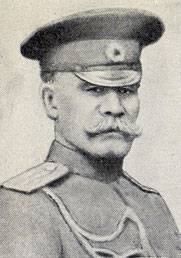
11. S. M. Scheideman.
The Germans were advancing on Lovich - the communications node of the 2 and 1 armies. Having captured the 6 in November of the Rezinami, they were half-encircled by the 2 Army, and the latter bent the front in a semiring. November 8 Germans - on the southern outskirts of Lodz.
12. Semi-environment of the 2 Army.
But the further successes of the enemy were paralyzed by the troops of the 5 Army. November P. P. Pleve was given command of the 7 and 5 armies.
The 9 th cavalry corps and the Poznan corps located on the right flank of the 3 army could not attack any more, with difficulty repulsing the attacks of the corps of the 5 army.
P. A. Plehve 8 November ordered his armies to launch a general offensive. On the left flank of the 1 Army, the Lovichi detachment was formed.
On November 8, the left flank of the 5 Army waged a successful battle with the Breslavl, Poznan corps, the German 3 Cavalry Corps, and the Austrian 7 Cavalry Division, while the German 17 and 20 C corps, as well as the German 2 and 4 C division, held positions under attack by the XNUMX Siberian and XNUMX Army Corps.
As a result, the troops of the 5 Army blocked the southern claw of the Germanic maneuver, and the Lovichi detachment, advancing towards the troops of the 2 and 5 armies, restored the united front on the northern flank of the battle.
November 9 formed a “layer cake” - a group of R. Scheffer-Boyadel, a half-circled 2 Army, itself surrounded by the environment.
13. The situation at the front of the army group Plehve and 1-th army to 10 November.
On November 9, units of the Lović Detachment captured the Breziny and Strykov. The 10 th and 9 th Turkestan rifle regiments, units of the 63 Infantry Division and the regiment of the Officer Rifle School captured up to 2 thousand Germans [Panaiot V. Lovichsky detachment // Military Story. 1958. No. 31. C. 18]. The 6 machine-gun armored cars broke through the German-occupied Strykov, and the 2 cannon armored cars supported the units of the 3 of the Turkestan rifle brigade with fire and maneuver. And the Germans with heavy losses were driven out of the city.
The 6-I Siberian Rifle Division also achieved success - it reached the Kolushki village located in 4 km south of the Brezin. The Siberians lost the 700 fighters during the capture of the Brezin, but they released the Russian prisoners of 600, capturing more than a hundred unwounded Germans [Knox A. The second Hindenburg offensive in Poland // Military Alien. 1922. No. 8-9. C. 425].
So was closed the environment ring.
Russian troops took new trophies. For example, on November 9, units of the 4 Siberian Rifle Regiment captured 8 guns from Rzgov [Collection of documents of the world imperialist war on the Russian front (1914 — 1917). Lodz operation. M., 1936. C. 200], that day 18 machine guns were captured [Scout. No. 1256. C. 814]. On November 10, 17 machine guns and a wagon train were captured by the 4 th Siberian rifle regiment. [Collection of documents. C. 289]. On the same day, Her Majesty’s 21 Siberian Infantry Regiment captured 4 cannons and 3 howitzers [Ibid. C. 280].
Over the encircled German grouping loomed the shadow of disaster. The command of the Eastern Front did not have enough reserves to help the 9 army in a difficult situation. And in fact it was only a witness of the unfolding events, reading the radiograms of the Russian command.
The strike force of the 9 Army suffered heavy losses in these battles. In November 49 and 50, the reserve divisions on 9 November remained 1,2 and 3,5 thousand people. De facto, the 50 division became a regiment, and the 49 division became a battalion [Reichsarchiv. Bd. 6. S. 172]. 9 - November 11 group killed only 4500 people [S. 188]. The officer of the 3 Guards Division recorded in his diary that there was a maximum of 500 people in each regiment [Novikov N. The 6-I Siberian Rifle Division in the battles of Lodz with 18 (5) in 24 in November M., 11. C. 1914].
During the battles in the “cauldron”, the German generals suffered as well.
November 10 in the village. Borovo from the machine-gun fire fell commander of the 49-th Reserve Division, Lieutenant-General F. Wenker von Dunkeschweil.
14. Siberian arrows.
15. German infantrymen.
But the units of R. Scheffer-Boyad 11 in November broke through the front of the 6 of the Siberian rifle division and joined up with their own. The division successfully fought, capturing 4 batteries with harnesses and charging boxes, 500 prisoners and a lot of machine guns. But, bypassed from the flanks and attacked from the front, in the 11 hours the division passed - part of the fighters made their way to the positions of the 2 army, and around 1500 a man broke through to Skierniewice.
Although during the breakthrough, there were difficult moments (the Germans were attacked by Kolushek with the 17 Dragoon Nizhny Novgorod regiment of the Caucasian Cavalry Division, which seized the heavy battery, and the advance guard was defeated), the enemy managed to escape from the environment.
The Germans reported on 10 thousands of Russian prisoners taken by the strike team from the “boiler” [Reichsarchiv. Bd. 6. S. 185]. She announced a total of 16 thou. Thousand Russian prisoners and 64 captured weapons [S. 188].
Paradoxically, the help of the remnants of the five German divisions came from ... the command of the North-Western Front. Not understanding the situation, N. V. Ruzsky ordered all three armies to begin a retreat [Collection of documents. C. 254-255]. The pursuit of the R. Scheffer-Boyadl group was not organized, despite the appeals of P. A. Pleve to the front command [Ibid. C. 287-288].
The Germans began troop transfers from the French front to the east. 2-th, 13-th army, 3-th, 24-th reserve corps - P. Hindenburg received more than 120 th. Infantrymen and 640-guns on the Russian front.
9 army lost more than 100000 people (including 36000 killed) [Reichsarchiv. Bd. 6. Berlin, 1929. S. 360]. A. Knox recorded that the total losses of the Germans in the Lodz operation amounted to 120000 people [Knox A. With the Russian army 1914-1917. London, 1921. P. 197, 199]. Total German-Austrian losses in the operation - 160000 people [Special Cable // The New York times. 1914. 18 december. P. 3]. The Russians captured 20000 prisoners, 23 guns [Battle of Lodz. M., 1915. C. 28].
On November 3, the Germans estimated Russian casualties at 40000 people [Reichsarchiv. Bd 6. S. 90]. On November 17, the total shortage of the 2 and 5 armies totaled more than 131 thousand soldiers and officers [Collection of documents. C. 497]. G. K. Korolkov considered the total losses of the Russian troops in the Lodz operation and the December battles to be equal to 280000 people [Korolkov G. K. Decree. cit. C. 198].
The Germans thwarted the offensive front, but an attempt to repeat the August "Tannenberg" failed. The destruction of the Russian troops in the bend of the Vistula could not be achieved [E. Ludendorff. My memories of the war 1914 — 1918. M. – Mn., 2005. C. 109]. The Germans managed to avoid big trouble, and failed to achieve "the planned major success" [M. Hoffman. The war of lost opportunities. M.-L., 1925. C. 62]. And the Russian command from August "managed to learn a little" [Falkengain E. The High Command 1914 — 1916 in its most important decisions. M., 1923. C. 45].
The energy of P. A. Plehve and the valor of the troops prevented a catastrophe, and the Germans themselves found themselves in the “cauldron”. The 5 divisions got into the entourage (the full quantitative equivalent of the Tannenberg of the 2 Army). From a tactical point of view, this is a retribution for the East Prussian failure, but for the strategy the situation was not brilliant - it turned out to be a failure of the Bid planning on the Vistula front.
The operation greatly affected the situation on the French front. Redeeming the 4 of the German corps and several cavalry divisions, Russia again provided invaluable assistance to both the French and the British, taking away from the Germans the opportunity to continue the attack on Dunkirk and Kale, which could become bases for their submarines [Danilov Yu. N. Russia in the World 1914 — 1915 War Berlin, 1924. C. 245]. The transfer of 4 infantry and 2 cavalry corps radically affected the German operations of Ysera and Ypres at the most difficult moment for the allies [A. P. Budberg. The armed forces of the Russian Empire performed all-Union tasks and duties during the 1914 — 1917 war. Paris, 1939. C. 11].
The German historian O. Schwink also noted that, as in the Marnian days, there was a need for military redeployment to the east - and the weakened German troops were forced to stand still at Ypres. The Flemish fighters were descending to Poland, and with their departure, hope for strategic success with Ypres disappeared - which entailed the beginning of a positional war with all the ensuing consequences [O. Schwink. Ysere and Ypres in the fall of 1914, Pb., 1922. C. 92, 93].
At that time, the German High Command resolved the issue of shifting the main effort of the military machine of the block to the east [Moser O. von. A brief strategic overview of world war 1914 - 1918's. M., 1923. C. 45]. But, as the Germans recognized, even with the freezing of operations on the French front, the goals were not achieved, and the German troops on the Russian front and strategic reserves were seriously damaged [Ibid. C. 47].
The victory of the Anglo-French in Ypres, the temporary stabilization of the Russian and the final French fronts and more than significant adjustments to German strategic planning - these are the consequences of the first "puff pie" on the Russian front of the First World War.
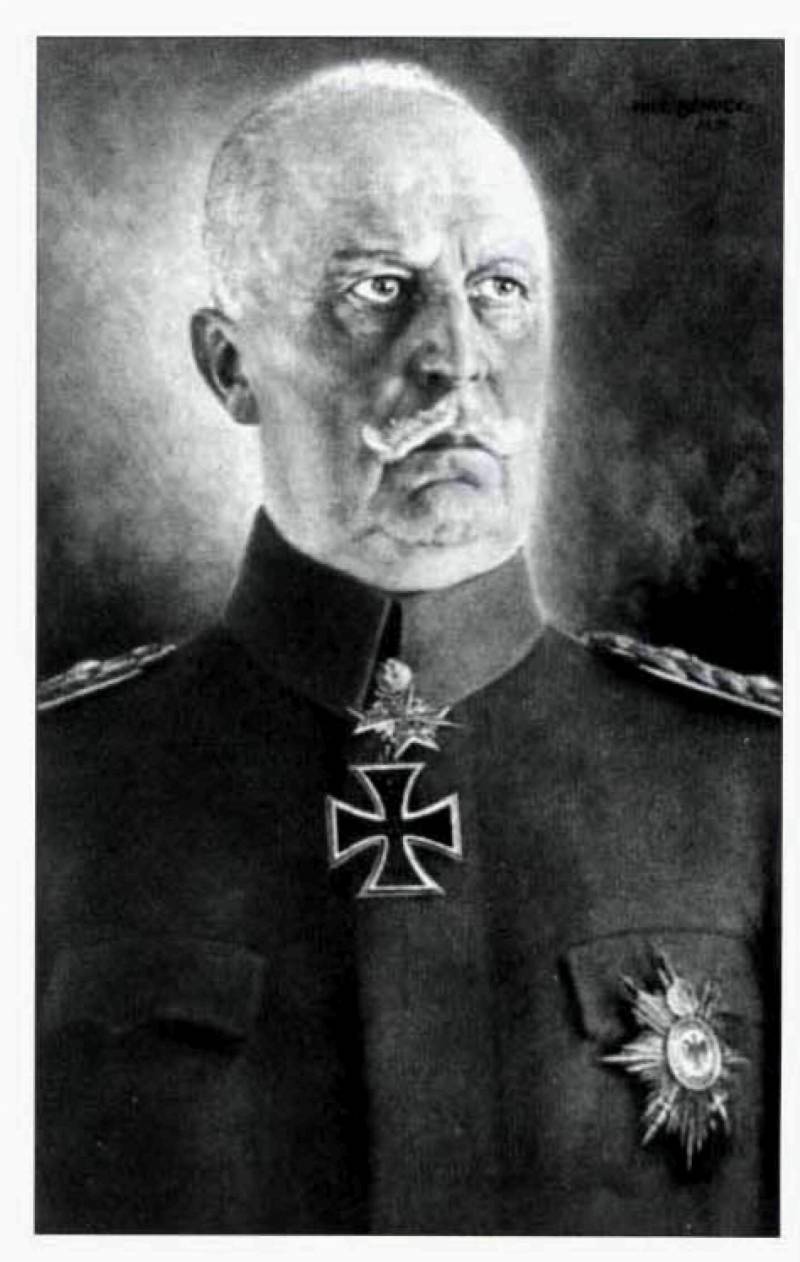
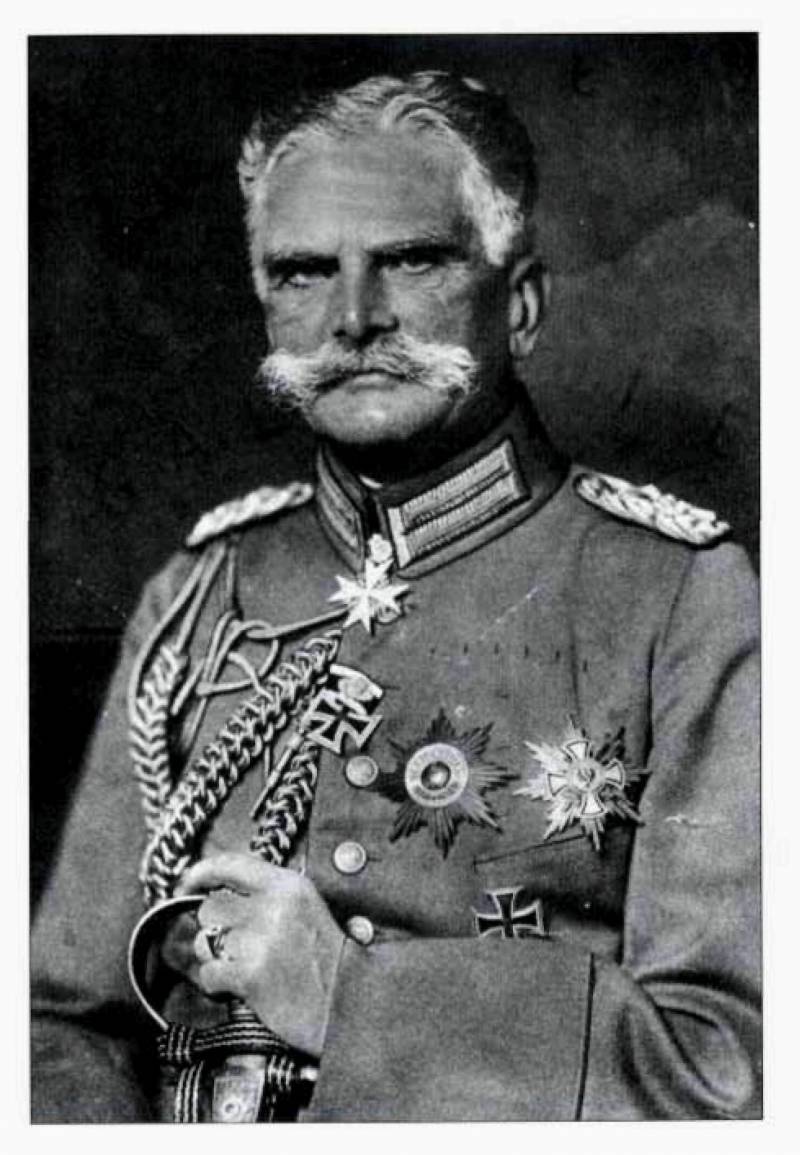
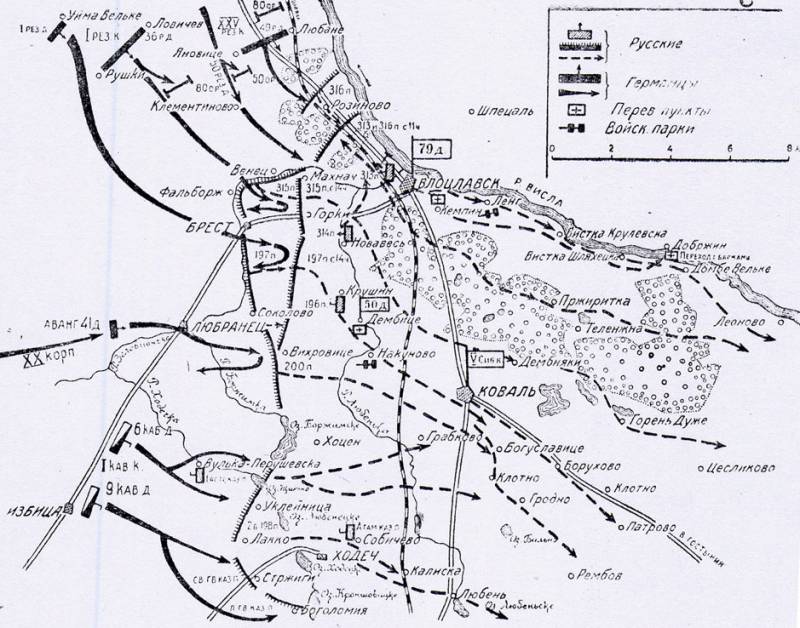
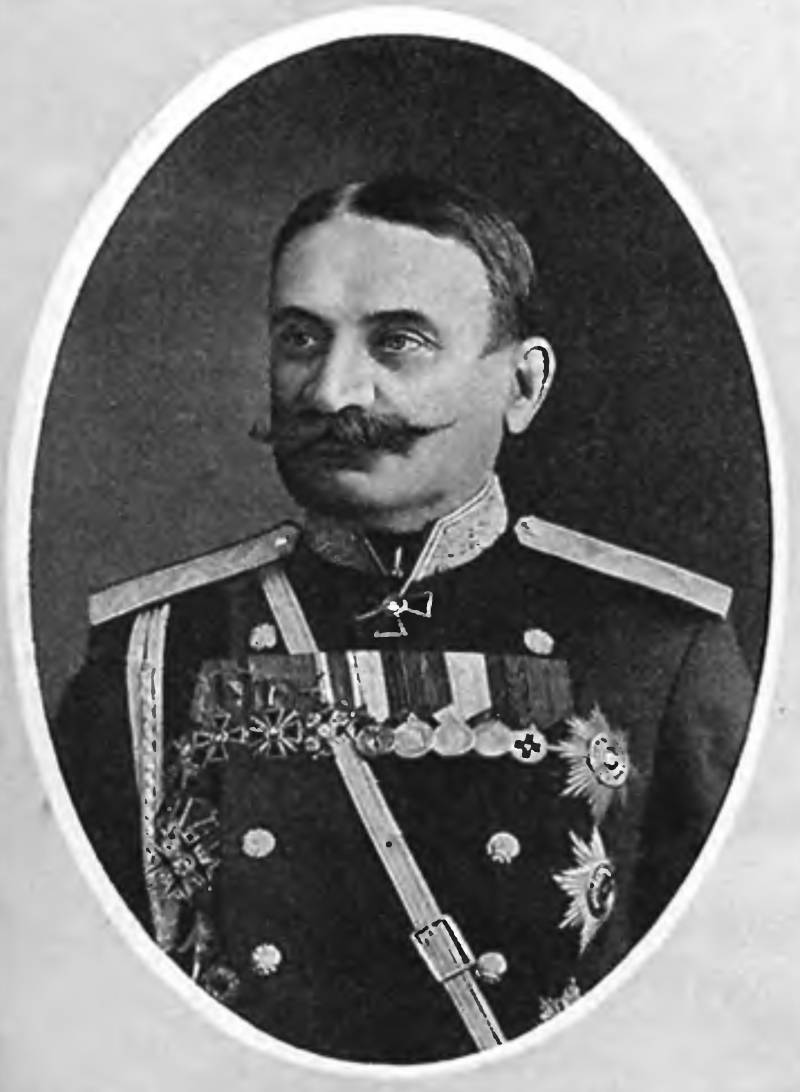
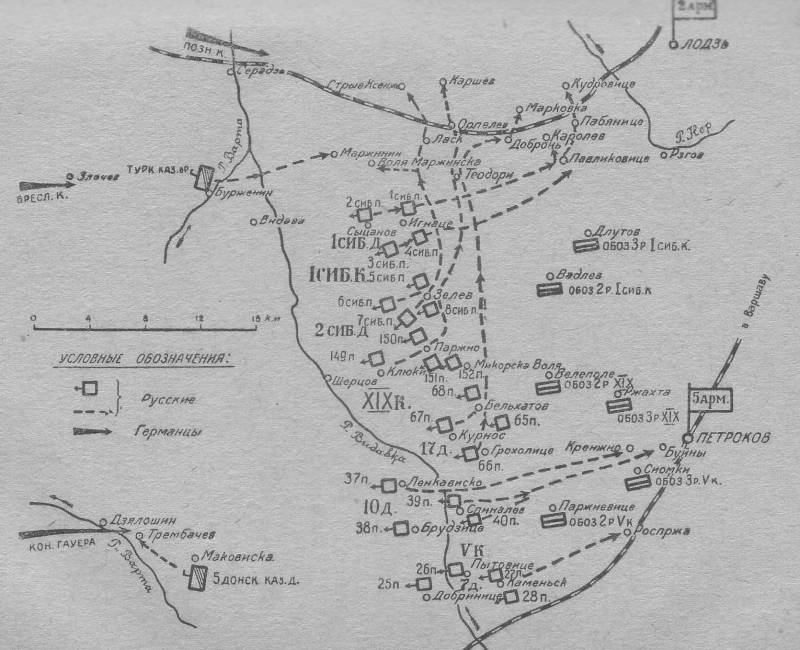
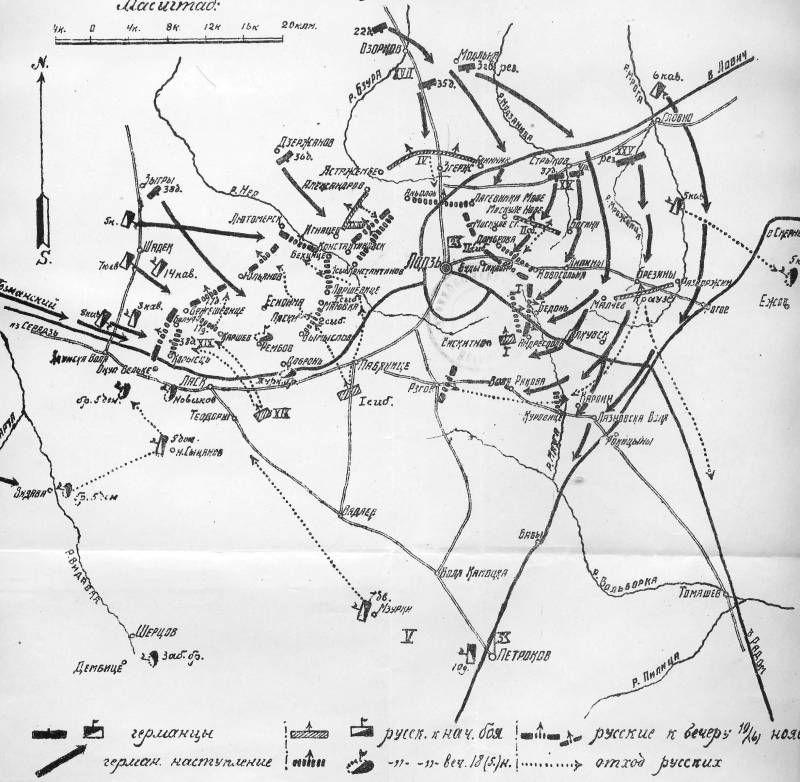
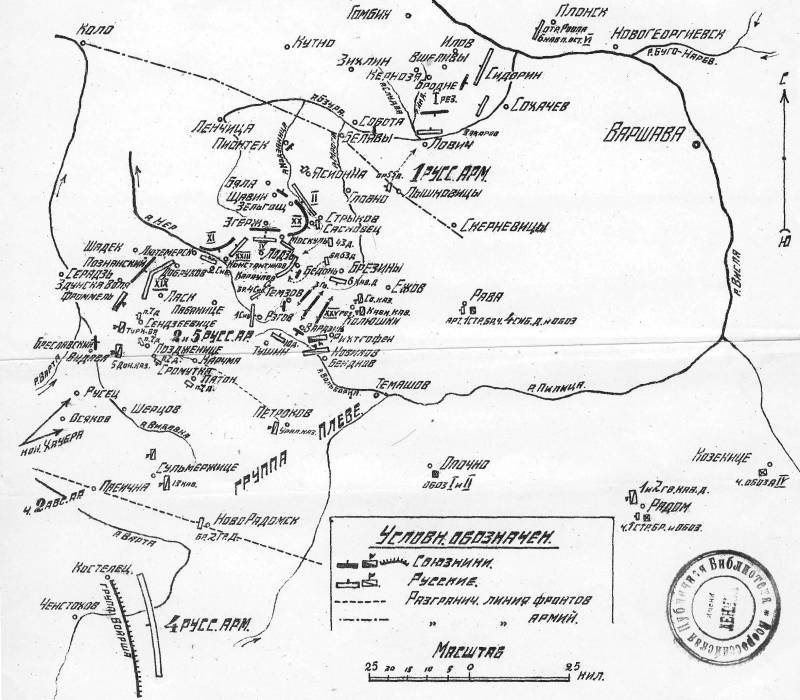
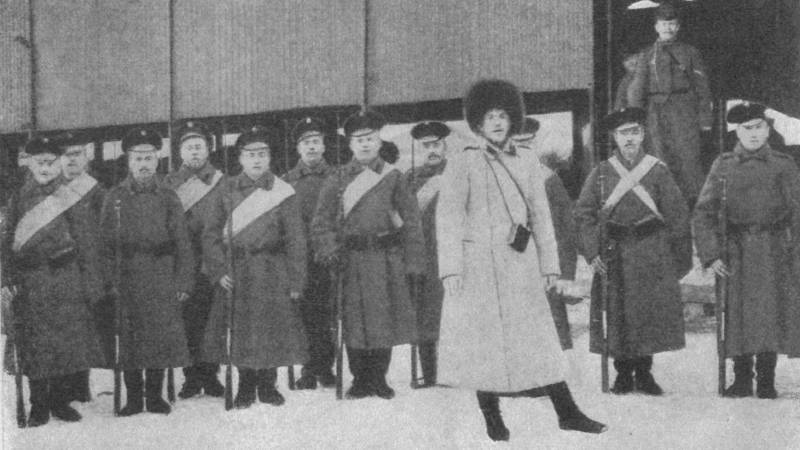
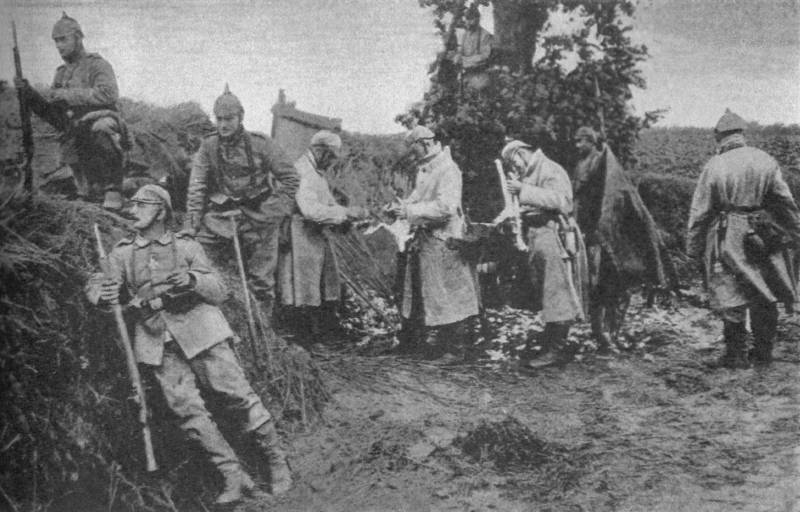
Information